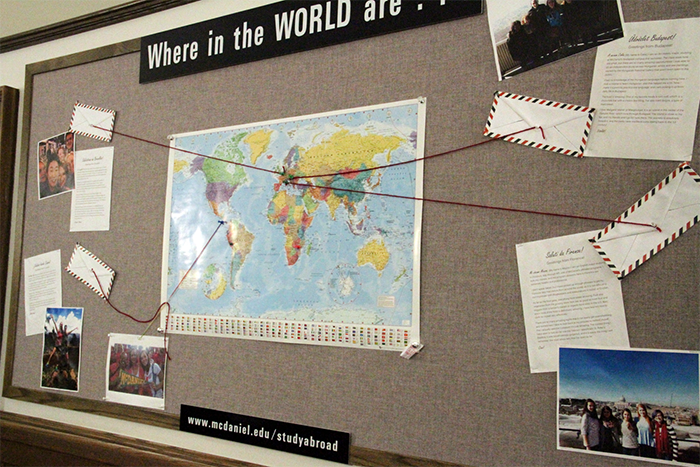With the advent of online streaming services and an increase in their use, it should come as no surprise that with the advent of online streaming, TV has changed dramatically—particularly among millennials. Streaming companies such as Netflix and Amazon Prime have led to a decline in cable subscriptions, which raises the question of the practicality of having cable on campus.
As of 2016, “cord-cutting,” or getting rid of cable, has been slow, with approximately one percent of American households doing so, according to The Economist. However, cable is disproportionately losing popularity with millennials. The primary reason for this is the high cost of cable, as online streaming services typically only cost about $10.00 to $15.00 monthly.
Though “cord-cutting” has been slowly increasing, 24 percent of Americans do not have cable or satellite TV, says the Pew Research Center. There is clearly a lack of cable among young people, as “Some 65% of those ages 18 to 29 have cable or satellite service at home, compared with 73% of adults ages 30 to 49 and 83% of those 50 or older.” Additionally, 64 percent of those polled by Pew also stated that ease of access to content online was the reason that they did not have cable or satellite TV.
According to Variety, price is an important factor, with forty percent of those polled stating that their reason for not having cable was cost-related. An additional 24 percent of those polled stated that they were not interested in the programs offered through cable.
To be clear, McDaniel is not considering getting rid of cable. Michael Robbins, the director of Residence Life said, “I have not been in a conversation with anyone about cutting cable to the campus.” Despite this, some students seldom utilize cable services. McDaniel student Ali Keller stated that she mostly uses online streaming services and that she could live without cable.
Nonetheless, Robbins highlights that cable maintains some features that streaming services lack, stating, “Services like Netflix and Hulu don’t provide access to sports or more live events, and not every student comes to college with a streaming subscription to some kind of service.” Thomas Redmond, a commuter student, stated that he uses Netflix more than cable, but he primarily uses cable to watch sporting events.
Interestingly, even McDaniel has its own streaming service, the Greenstream, which provides students on campus with a variety of movies every month that they can watch as they please, though this still does not fill the voids left by having only a streaming service or cable. Cable has an edge when it comes to sporting events, while students perhaps prefer streaming services for shows and movies.
Overall, though, Robbins sums up the current situation by saying, “Students are generally in favor of getting more services as opposed to losing existing ones.”





